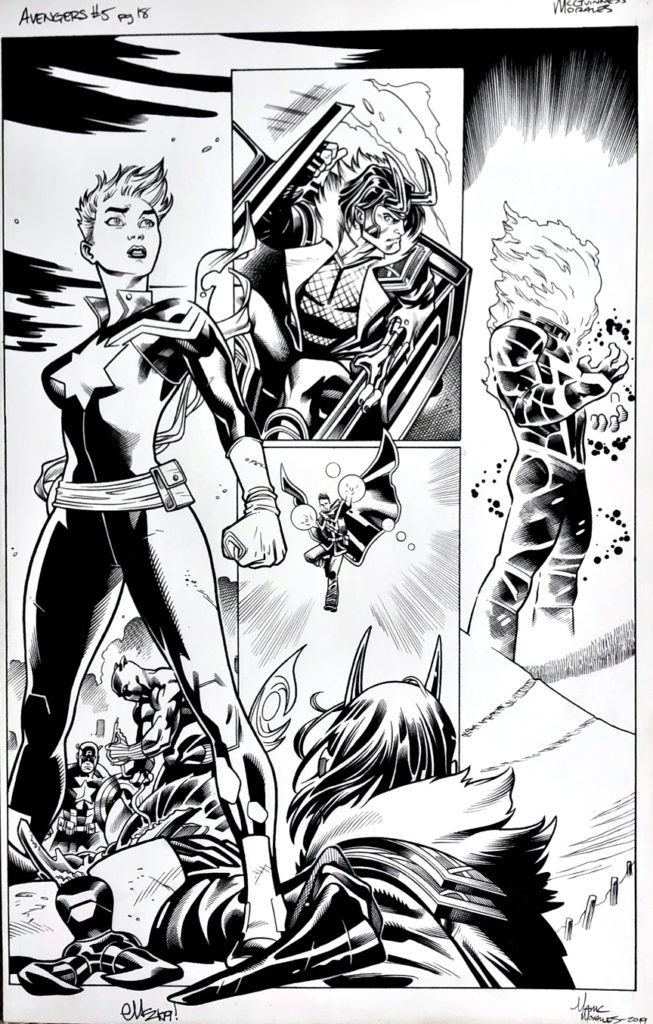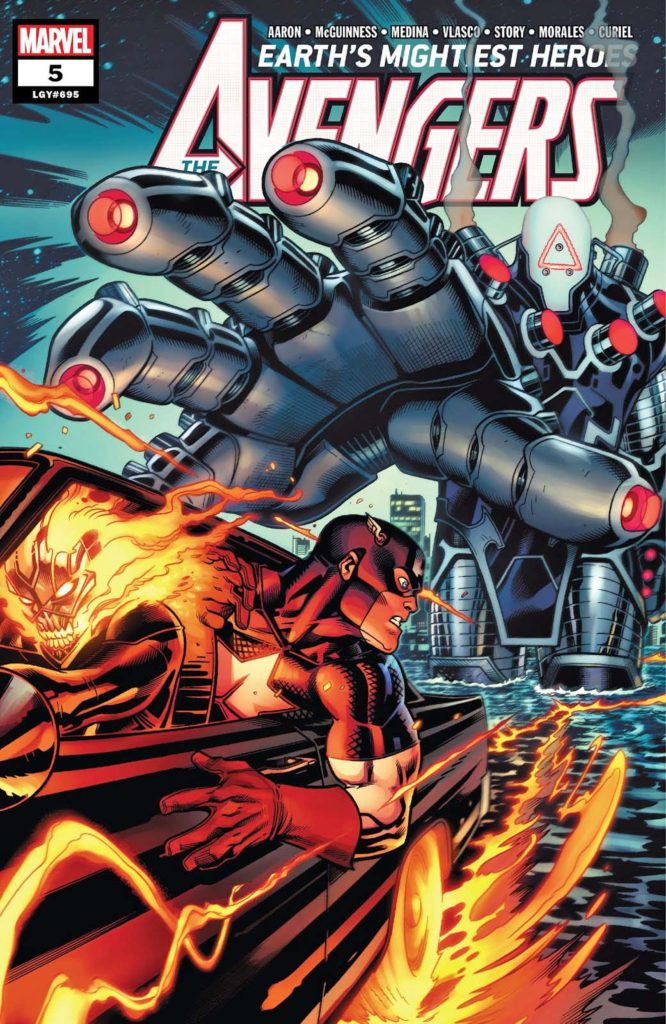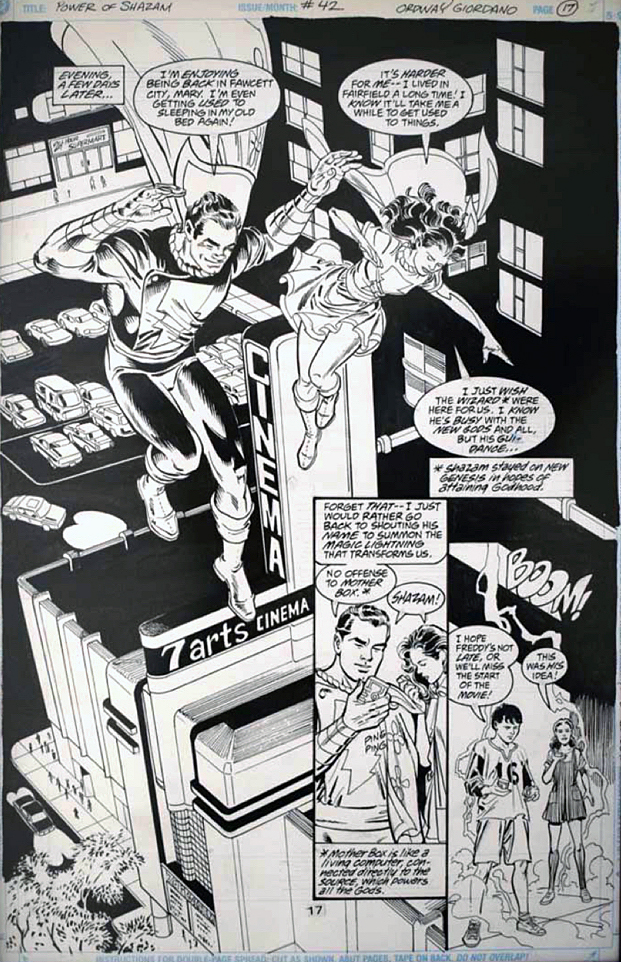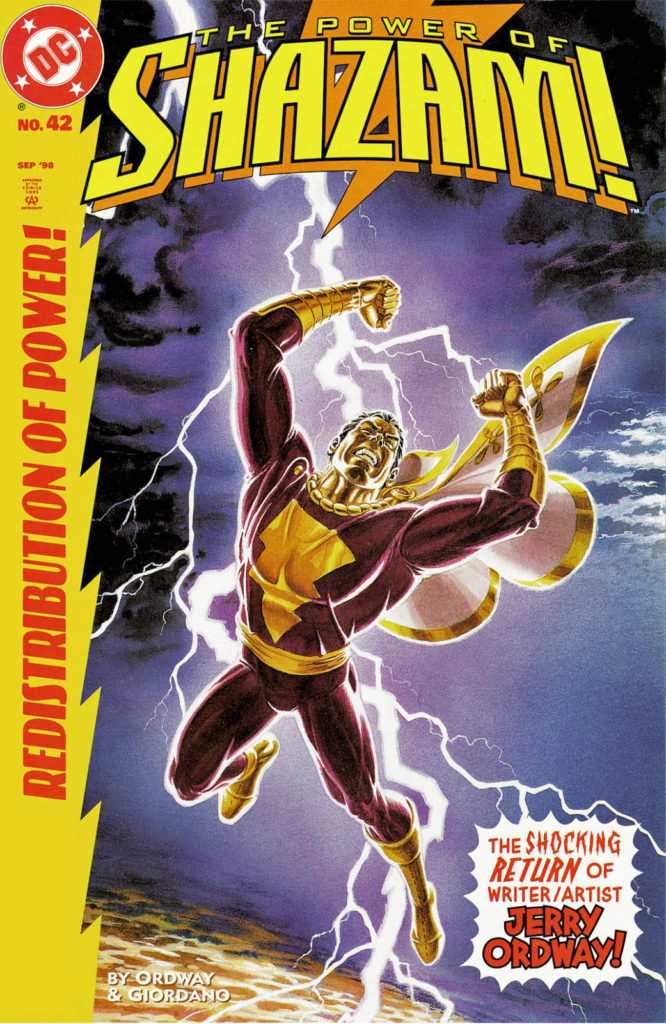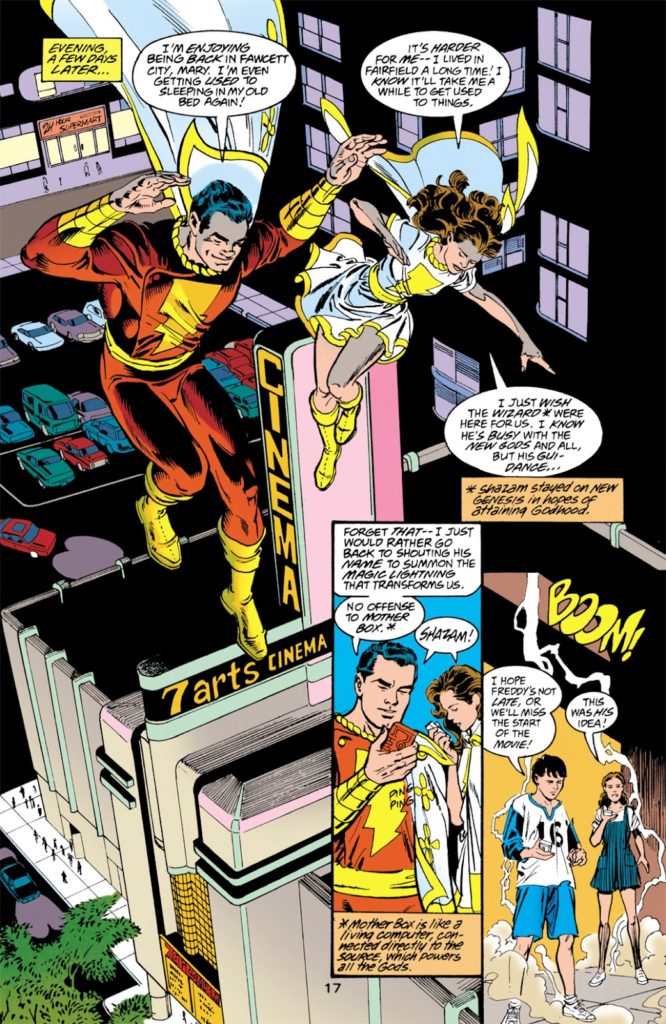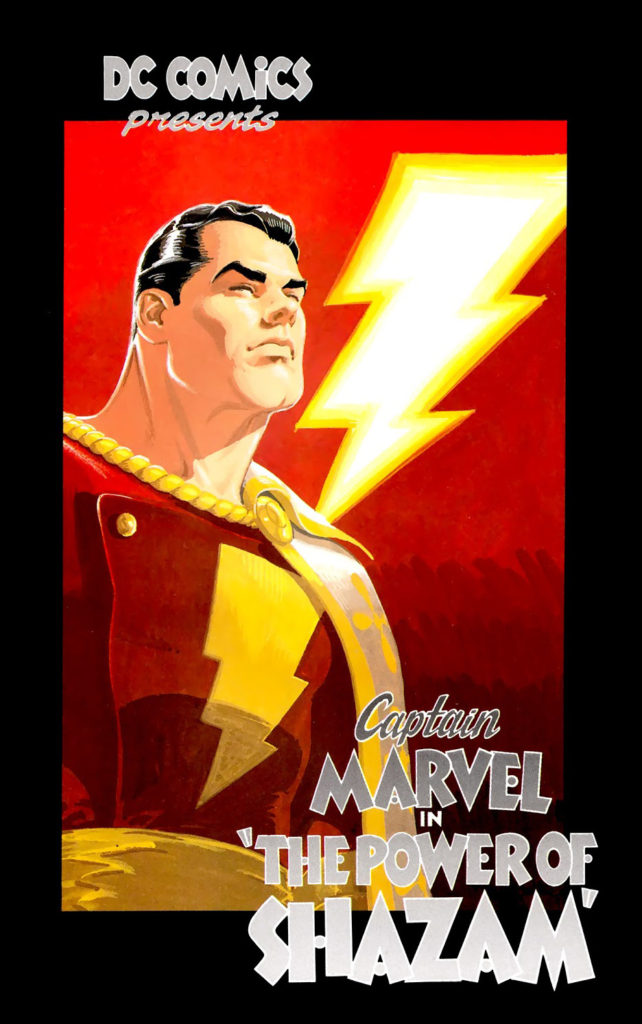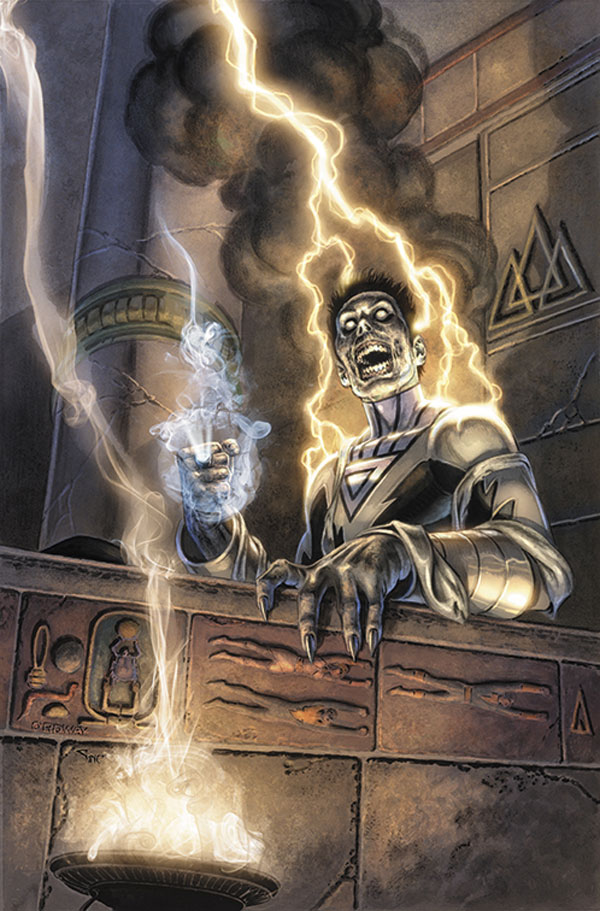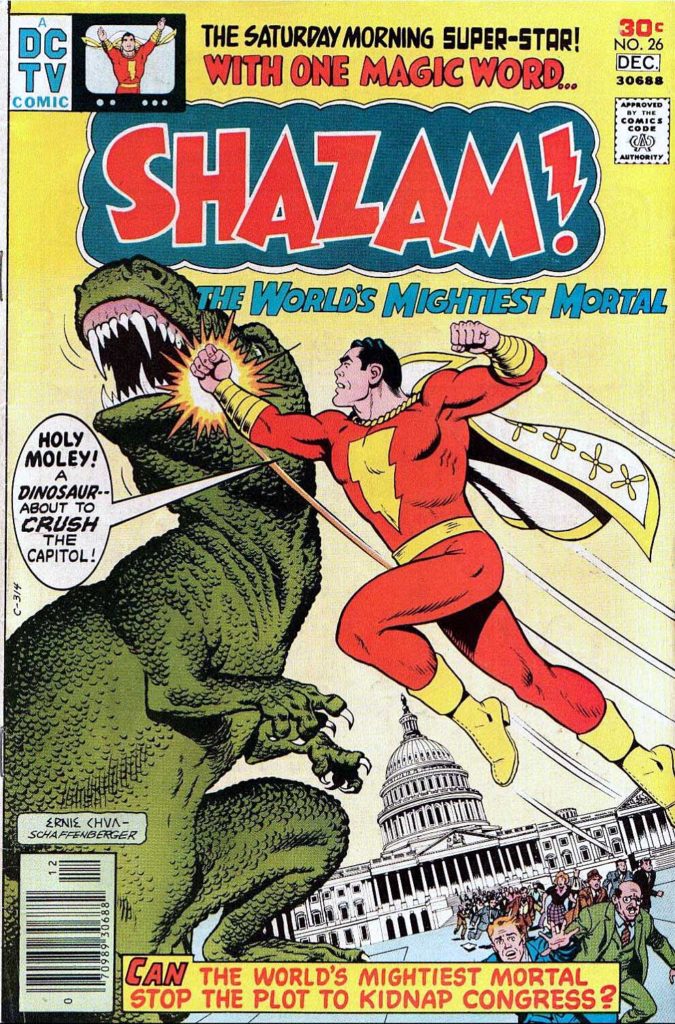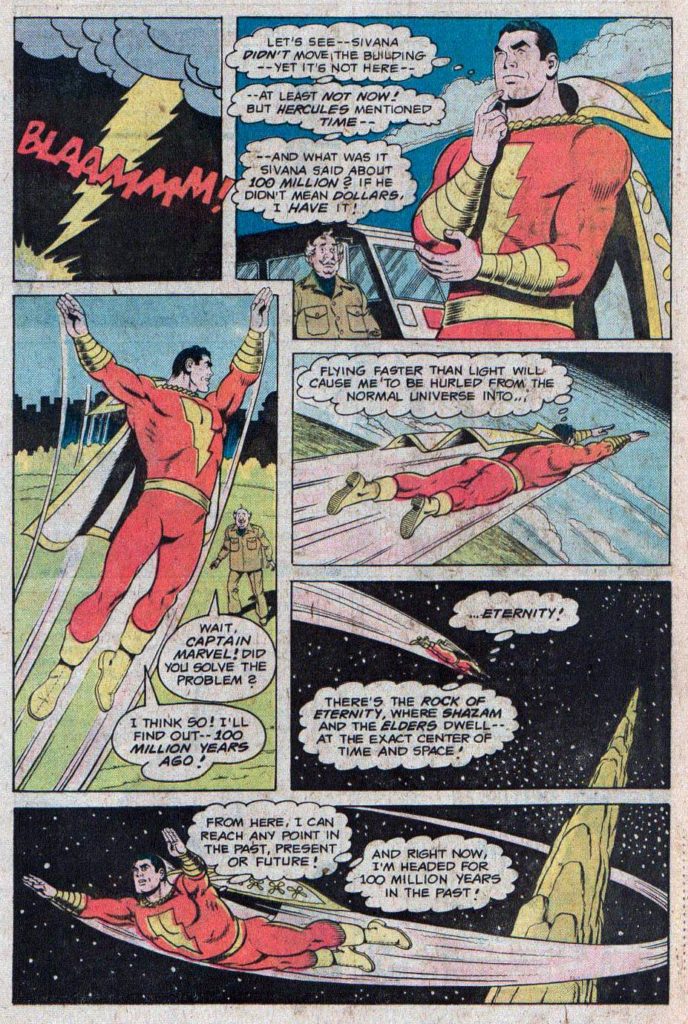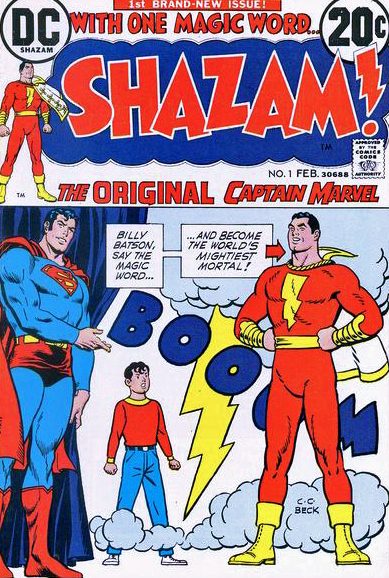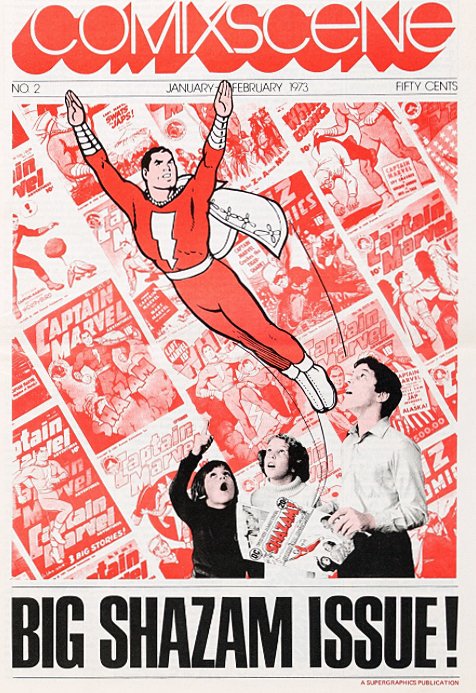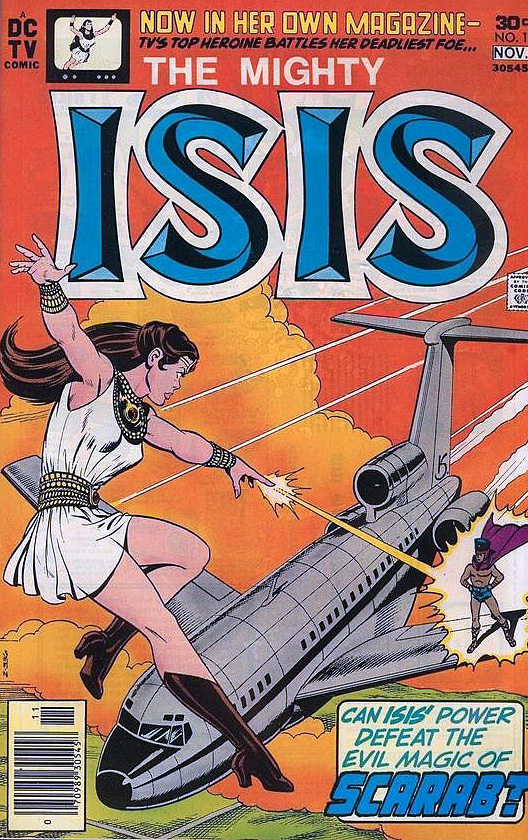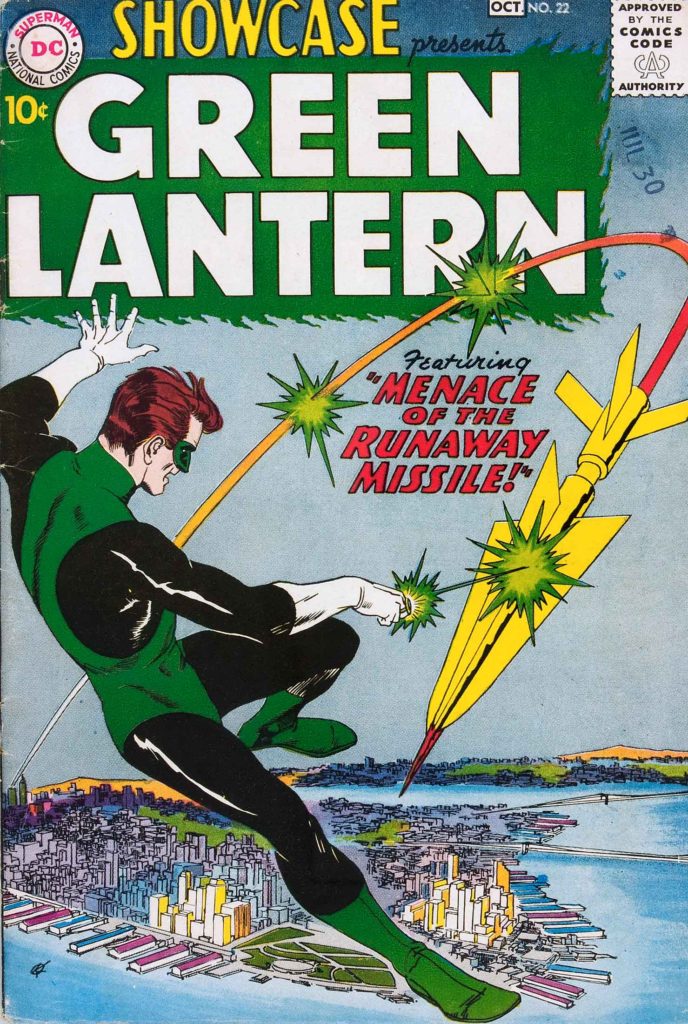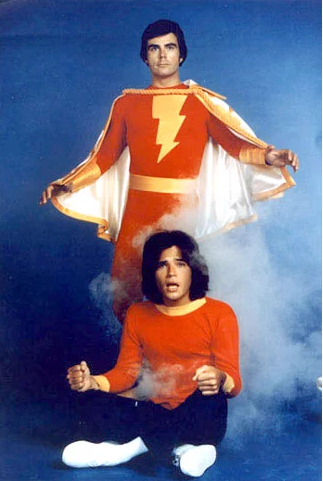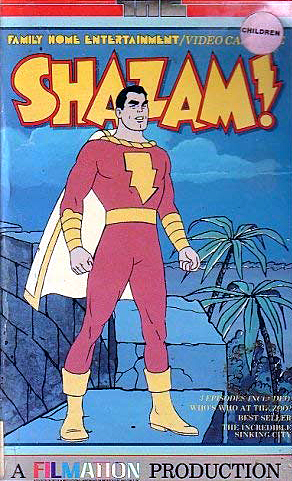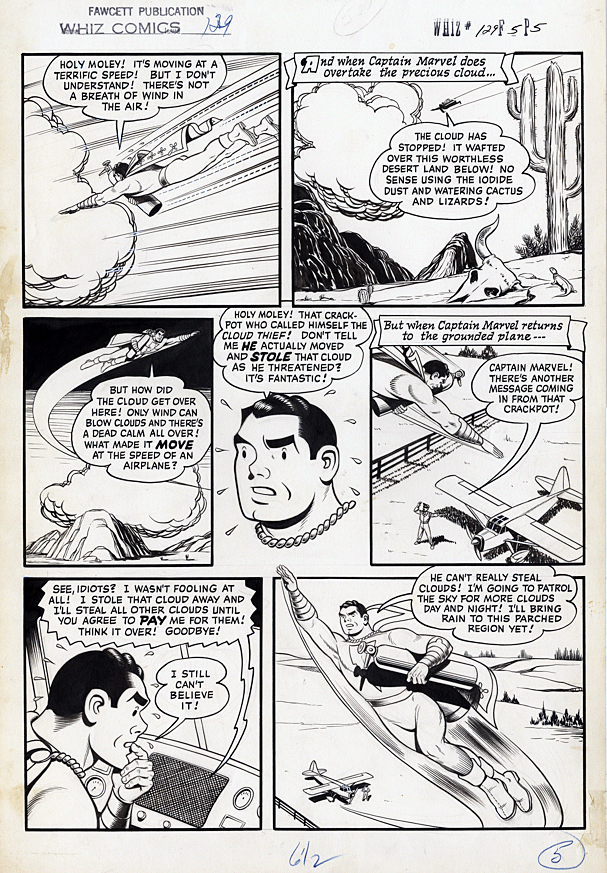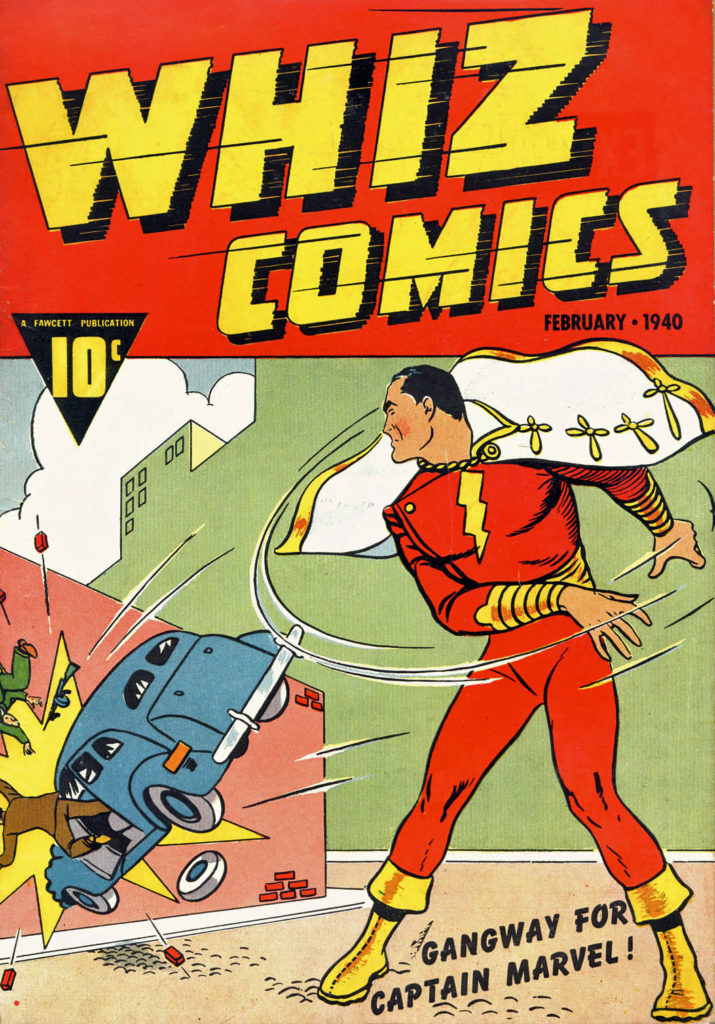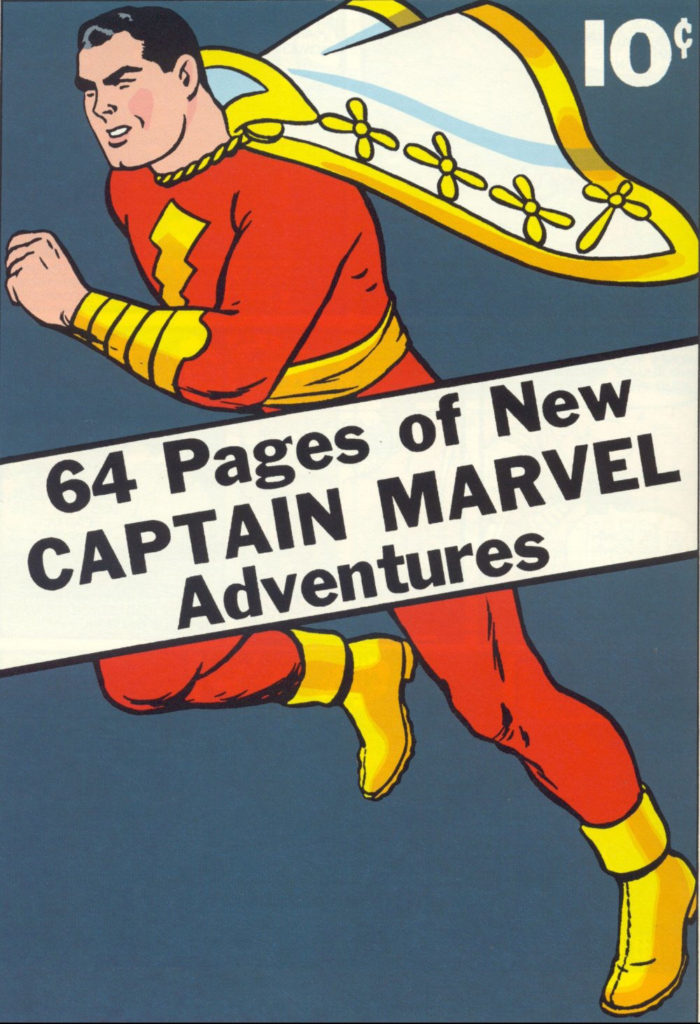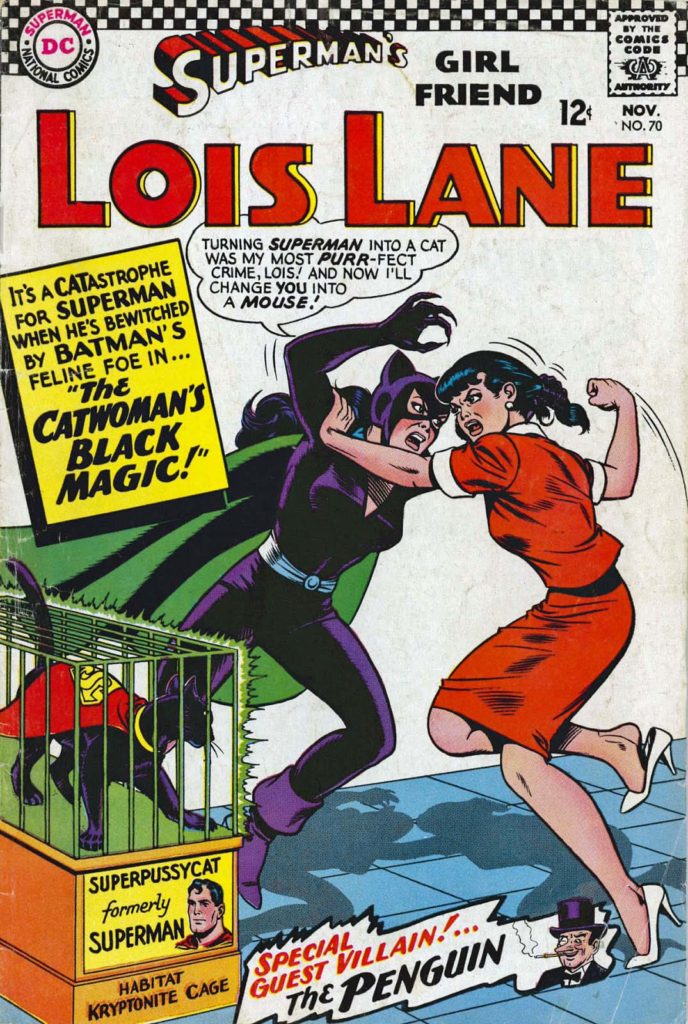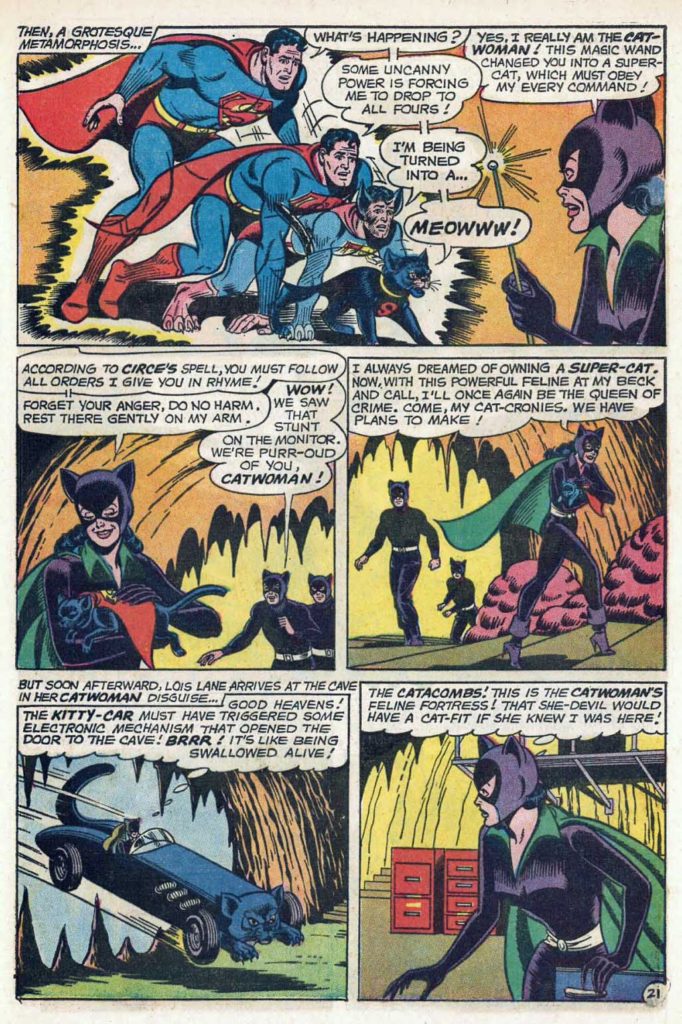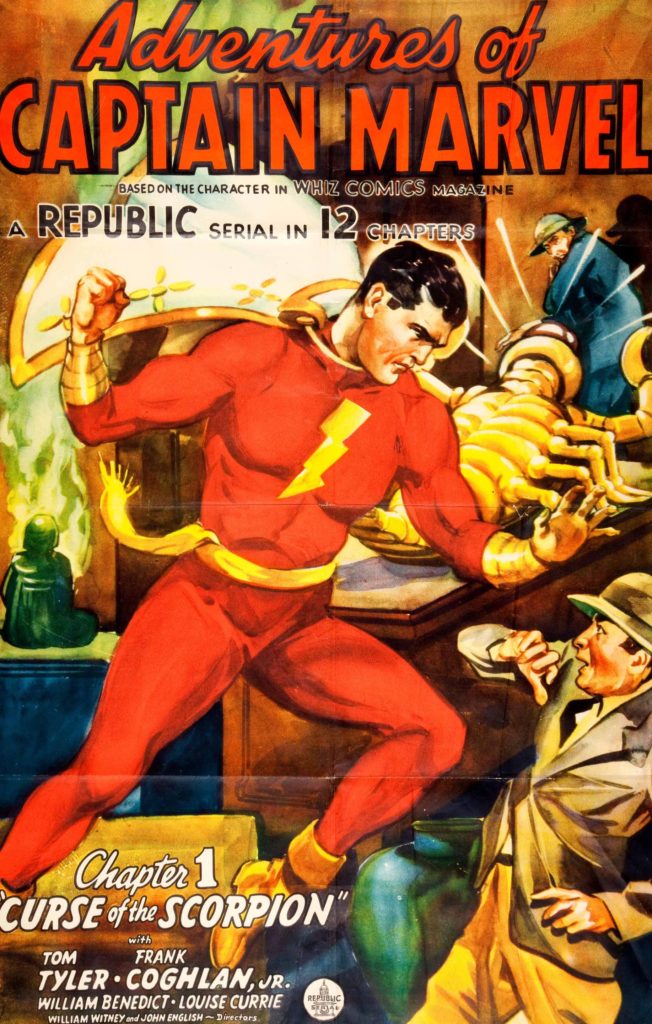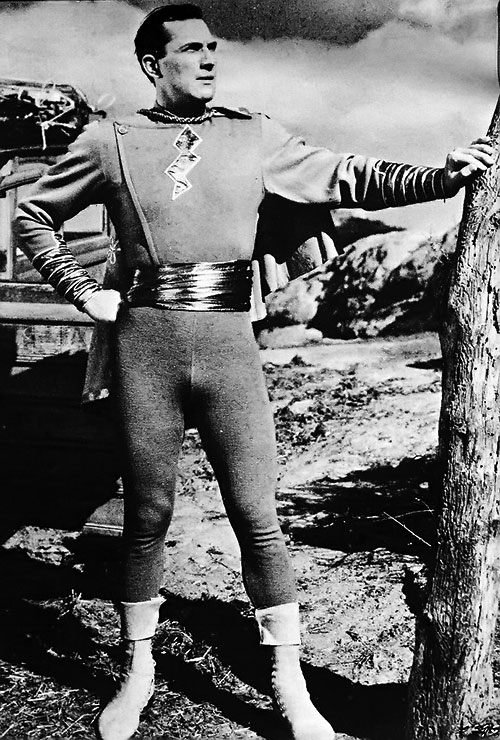Ed McGuinness and Mark Morales — Marvelous Avenger
Avengers #5, September 2018
Ed McGuiness and Mark Morales provide us with an iconic image of Captain Marvel — Carol Danvers — from the latest iteration of the Avengers.
Also along for the ride on this page specifically are Captain America, Black Panther, Doctor Strange and Ghost Rider.
And of course, Loki (quite literally along for the ride) is up to his usual mischief as well.
This latest version of Avengers has been well received: Classic characters, larger than life antagonists, and lots of energy and creativity from Jason Aaron and McGuinness.
You Don’t READ Comics summed it upon the launch issue in 2018:
“Sometimes, the classics just work. Sure, the new thing is…new. It’s fun and exciting and different. The new thing can show you something you didn’t know you’d love but you do as much as the classics. But sometimes you just need the classics. And that’s exactly what today’s new #1 for Avengers offers...
“Superstars Jason Aaron and Ed McGuinness, accompanied by inker Mark Morales and color artist David Curiel, have done an exceptional job of returning the Marvel Trinity–Captain America, Thor, and Iron Man–to the center of the Avengers in this premiere issue, and it’s hard to argue that it doesn’t just feel right.“
Other art teams have handled some stories on this run, but Ed McGuinness… well, he’s just Ed McGuinness. And Morales fine brush work adds depth, drama and focus on a busy page.
(Ed pretty much looks like he did when I met him 25 years ago while he was working on Vampirella for Harris Comics. I wonder what kind of Dorian Gray situation he has going on in his attic… Actually Mark does too. Hmmmm.)

